Definition Of A Bird And İts Characteristics
A bird is a warm-blooded vertebrate animal with feathers, wings, and a beak. These characteristics set birds apart from other types of animals. While some animals may fly or have feathers, only birds have all these features. There are about 10,000 known species of birds in the world, each with its unique characteristics.
Feathers
Feathers are one of the defining features of birds. They are highly specialized structures that provide insulation, allow for flight, and aid in communication. There are different types of feathers, including down feathers that provide warmth and contour feathers that give birds their unique shape. Feathers are made of a protein called keratin, making them strong and lightweight. Birds molt their feathers periodically, shedding old ones and replacing them with new ones.
- Feathers are specialized structures that provide insulation, allow for flight, and aid in communication.
- There are different types of feathers, including down feathers that provide warmth and contour feathers that give birds their unique shape.
- Birds molt their feathers periodically, shedding old ones and replacing them with new ones.
Beak
The beak of a bird is a specialized tool that is used for a wide range of tasks, such as feeding, grooming, and building nests. The shape and size of a bird’s beak can vary greatly depending on its diet and lifestyle. For example, birds that eat insects may have thin, sharp beaks, while birds that feed on seeds may have thick, strong beaks. Some birds even use their beaks to attract mates, displaying them in various ways.
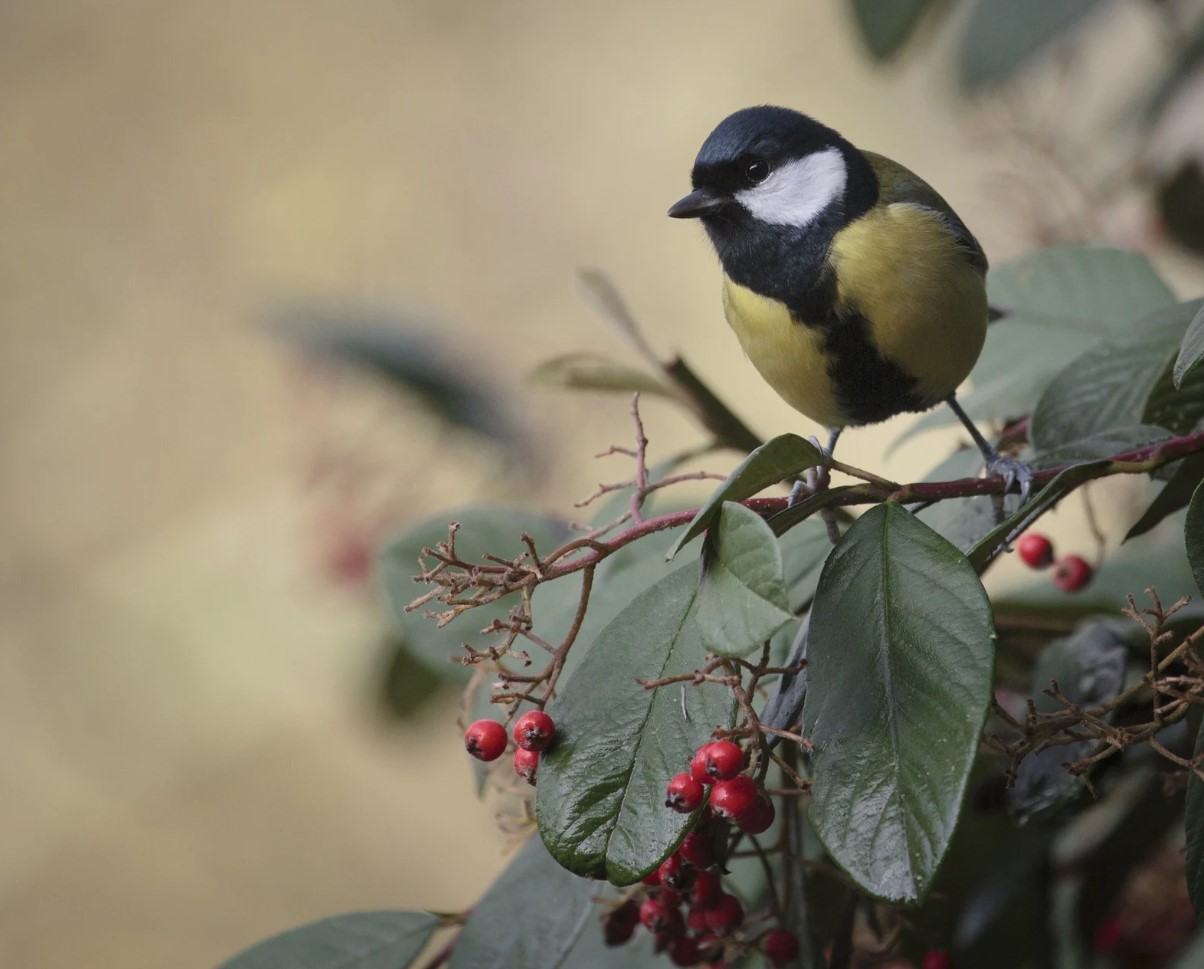
- The beak of a bird is a specialized tool that is used for a wide range of tasks, such as feeding, grooming, and building nests.
- The shape and size of a bird’s beak can vary greatly depending on its diet and lifestyle.
- Birds use their beaks to attract mates, displaying them in various ways.
Wings
Wings are the most obvious feature that allows birds to fly. However, not all birds can fly. Flightless birds, such as ostriches and penguins, have wings that have evolved to serve other purposes, such as swimming or balance. Wings are also used by birds to help them thermoregulate: they can fly up high to warm up or down low to cool off.
| Wings | Function |
|---|---|
| Allows birds to fly | Flight and thermoregulation |
| Serves other purposes for flightless birds | Swimming or balance |
These characteristics—feathers, beaks, and wings—make birds unique among all animals. Although every bird species has different variations and adaptations, each bird is classified by these defining characteristics. With their colorful plumage and diverse patterns, birds bring life and energy to ecosystems around the world.
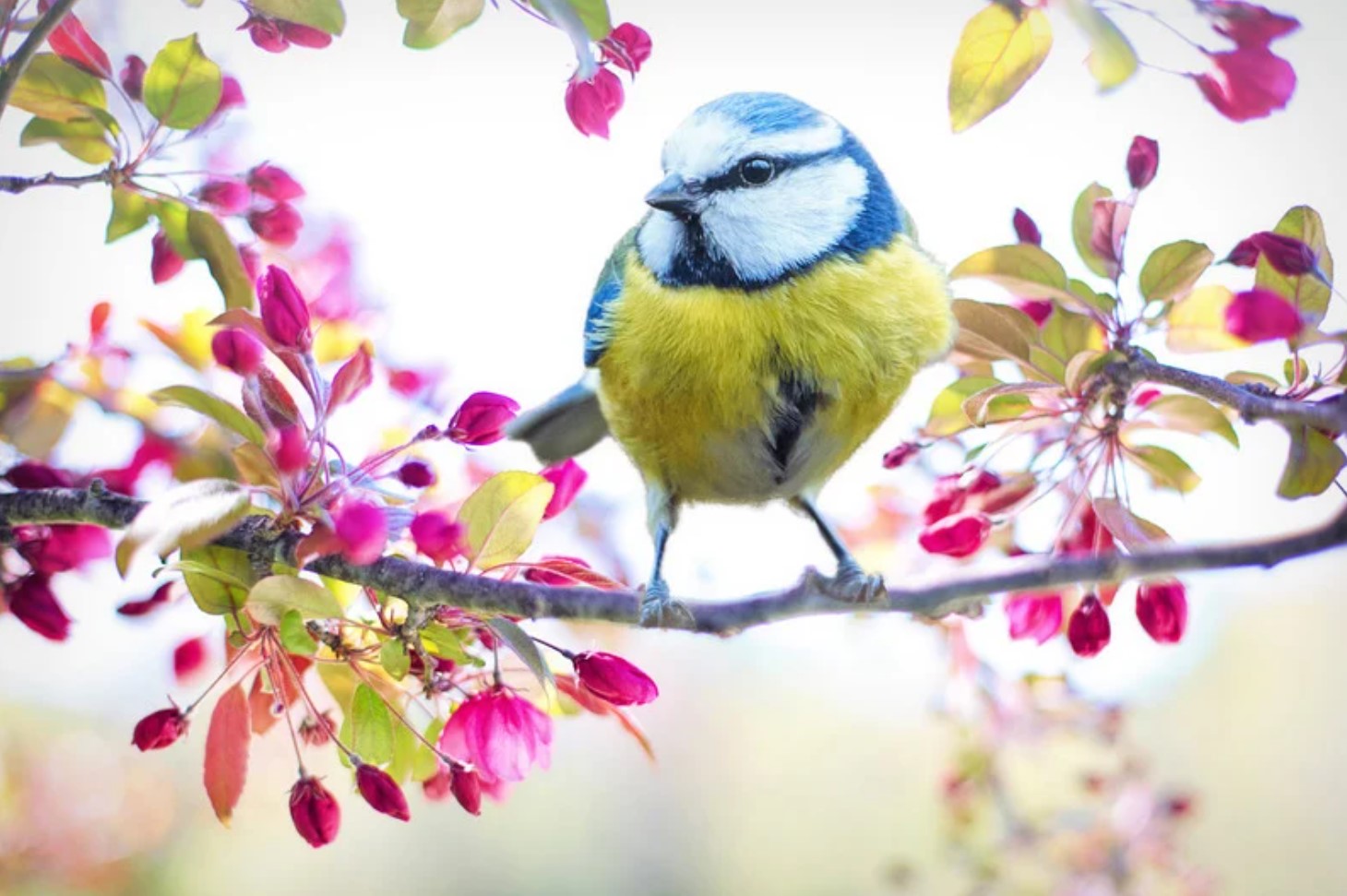
The Evolution Of Birds: From Theropod Dinosaurs To Modern Flying Creatures
Birds, as we know them today, are the result of millions of years of evolution. They are descended from theropod dinosaurs, which lived over 150 million years ago. Over time, these dinosaurs evolved into the modern flying creatures we see today.
The evolution of birds was a gradual process. Scientists believe that the first birds evolved from small theropod dinosaurs around 150 million years ago. These early birds had feathers, hollow bones, and a four-chambered heart, all of which are unique to birds.
- Feathers:
- Feathers played a crucial role in the evolution of birds. They initially evolved for insulation and display purposes but later proved useful for flight.
- Hollow Bones:
- Allowing the bird’s skeleton to be lighter, helping them to fly more efficiently.
- Four-chambered Heart:
- The four-chambered heart allowed birds to have a high metabolic rate needed for flight.
As birds evolved, they developed different types of flight. Some birds, like eagles and hawks, use heavy flapping flight to soar into the air and cover great distances. Other birds, like finches and sparrows, use a faster, lighter flapping flight to maneuver through bushes and trees. This variation in flight has allowed birds to occupy different niches and habitats all over the world.
Overall, birds have come a long way since their theropod dinosaur ancestors. They have evolved unique features like feathers, hollow bones, and a four-chambered heart, which have allowed them to become one of the most diverse and adaptable animals on the planet.
Different Types Of Birds: From Passerines To Raptors
Birds are fascinating creatures with diverse characteristics and adaptations. They come in various shapes, sizes and colors, and each one has its unique set of attributes that makes them stand out. In this blog post, we will explore different types of birds, from passerines to raptors, and learn about their defining features.
Passerines: Passerines, also known as perching birds or songbirds, are the most common type of bird found on Earth. They belong to the order Passeriformes, which consists of about 60% of all bird species. Passerines have three toes pointing forward and one back, allowing them to perch on branches and wires easily. These birds are known for their melodious songs and chirps, which they use for communication and courtship.
- The most familiar types of passerines include sparrows, finches, chickadees, and robins.
- Passerines have a unique voice box called a syrinx, which enables them to produce complex songs with multiple notes.
- Some passerines, such as crows and jays, have remarkable intelligence and problem-solving abilities.
Raptors: Raptors, also known as birds of prey, belong to the order Accipitriformes and are characterized by their strong, sharp beaks and hooked talons. They are carnivorous and hunt other animals for food, using their keen eyesight and powerful wings to swoop down on prey. Some raptors, such as eagles and vultures, are scavengers that feed on carrion, while others, such as falcons and hawks, are agile predators that hunt on the wing.
| Common raptor species: | Wingspan: |
|---|---|
| Bald Eagle | 6-7 feet |
| Peregrine Falcon | 3-4 feet |
| Red-tailed Hawk | 4-5.5 feet |
- Raptors have excellent eyesight and can see prey from great distances. Some species, such as the falcon, can see ultraviolet light, which helps them detect prey more efficiently.
- Raptors are essential for maintaining ecological balance by controlling the populations of rodents and other small animals.
- Some raptors, such as the Golden Eagle, have symbolic and cultural significance in different societies and are featured in various national flags and emblems.
In conclusion, birds are an incredibly diverse group of animals, and each type has its unique characteristics and traits. From the tiny hummingbird to the majestic eagle, birds play an essential role in the ecosystem and have captured the imagination of humans for centuries.
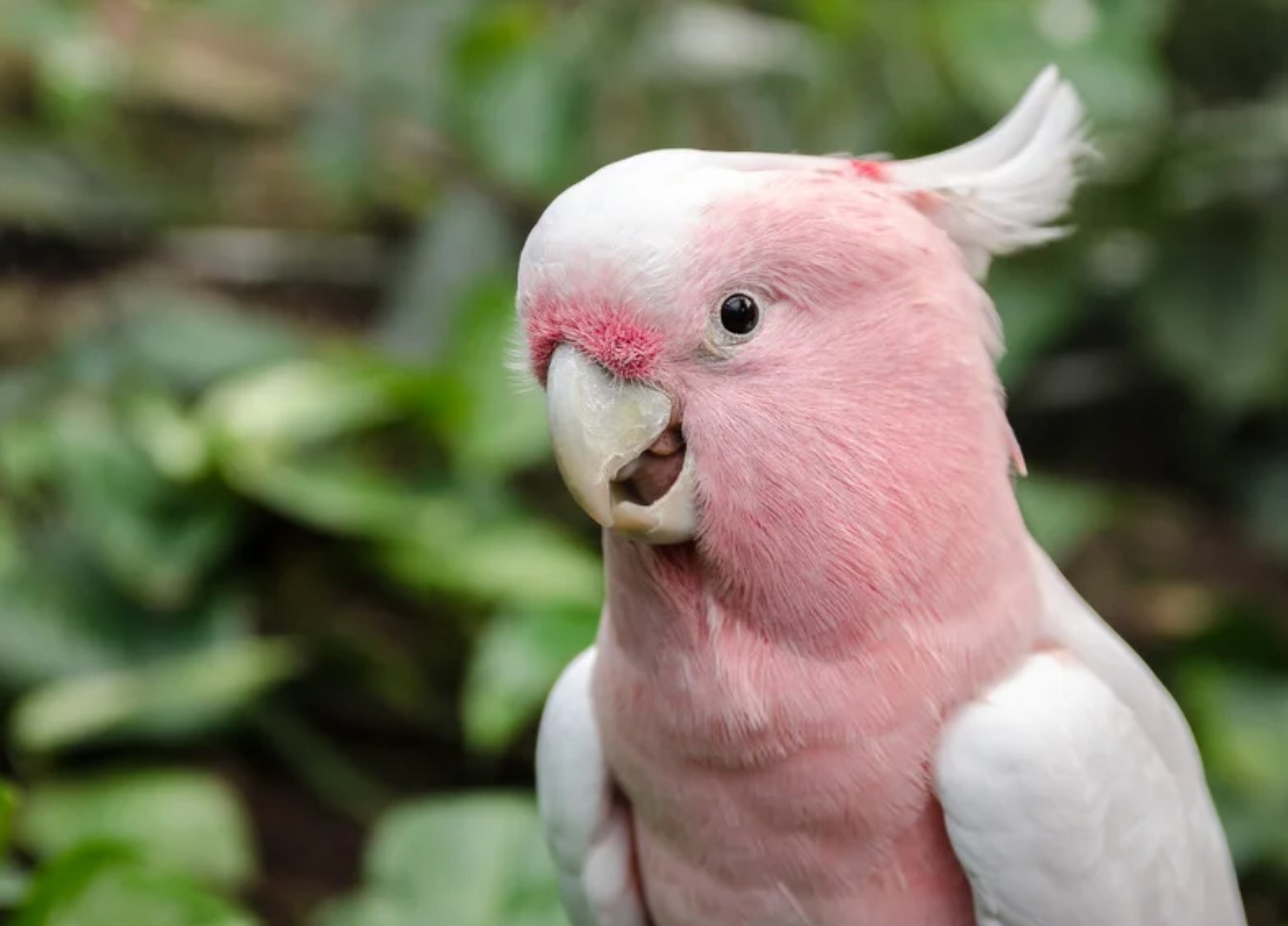
The Anatomy Of A Bird: Beak, Wings, Feathers, And More
Birds are fascinating creatures that come in many shapes and sizes. From the tiny hummingbird to the majestic eagle, birds have a unique anatomy that allows them to fly, hunt, and survive in various environments. Understanding the anatomy of a bird can help us appreciate these creatures even more.
- Beak: The beak of a bird is a crucial tool for survival. It is used for various activities such as eating, grooming, and defending. The shape and size of a bird’s beak depend on its diet and habitat. For example, birds that feed on seeds have a thick, strong beak, while birds that feed on insects have a thin, sharp beak.
- Wings: The wings of a bird are the most obvious and significant structures that allow them to fly. A bird’s wings are made up of feathers, bones, and muscles. The shape and size of a bird’s wings are adapted to its flight style. For example, birds that soar high in the sky have long, broad wings, while birds that fly fast have short, pointed wings.
- Feathers: Feathers are unique to birds and serve many purposes such as flight, insulation, and display. A bird’s feathers come in different shapes and sizes, and each feather has a specific function. The contour feathers, for example, are responsible for the streamlined shape of a bird’s body during flight, while the down feathers provide insulation.
Besides the beak, wings, and feathers, birds have other unique features that allow them to survive in their respective habitats. For example, some birds have specialized feet that enable them to climb trees or walk on water. Birds also have excellent vision and hearing, allowing them to detect prey and predators from far away.
In conclusion, the anatomy of a bird is a complex and vital aspect of their existence. Understanding how birds are structured and adapted to their environments can help us appreciate their beauty and significance in the natural world.
Bird Behavior: Courtship, Communication, And Migration Patterns
As fascinating creatures, birds are known for their spectacular behaviors. Whether it’s during courtship, communication, or migration, they seem to have an incredible sense of awareness when it comes to interacting with their environment and fellow birds.
Courtship is an essential part of the behavior of many bird species. It is a process that involves various actions such as singing, dancing, preening, and offering gifts. These actions help male birds attract females and establish trust and bonds. Different bird species have various courtship rituals, each with its unique style and significance.
- For example, the African crowned crane courts its partner by performing a dance that involves jumping and bowing movements.
- The male emperor penguin attracts his female by building a nest made of stones.
- The superb bird of paradise has an elaborate dancing ritual that includes flashing its feathers and singing to win over a female.
Communication is another fascinating aspect of bird behavior. Birds use different vocalizations and body language to convey various messages to one another. For instance, bird calls are used for various functions, such as attracting mates, marking territory, alerting others to danger, and even identifying individual birds.
- The American robin has a loud, clear song that it uses to defend its territory and attract a mate.
- The African Grey parrot is known for mimicking human speech and can use its voice to communicate its needs and wants.
- The stridulation sound produced by crickets are also a way of communication for birds, for example, when the common snipe produces a unique sound with its wings in flight.
Migration patterns are yet another fascinating aspect of bird behavior. Most species of birds embark on long-distance journeys from their breeding grounds to their wintering habitats. Birds’ migration patterns are driven by the changing seasons, weather patterns, and food availability. Migration can take weeks, and in some cases, even months.
| Bird Species | Migration Patterns |
|---|---|
| Arctic Tern | Travels annually from Arctic breeding grounds to the Antarctic region and back. |
| Osprey | Migrates from North America to South America each year, covering up to 6,000 miles. |
| Monarch Butterfly | Migrates thousands of miles from North America to central Mexico for the winter. |
In conclusion, bird behavior is a fascinating subject, encompassing many aspects of social life, such as courtship rituals, communication, and migration patterns. Understanding these behaviors is crucial to appreciating the unique qualities of birds and their significance in the natural world.
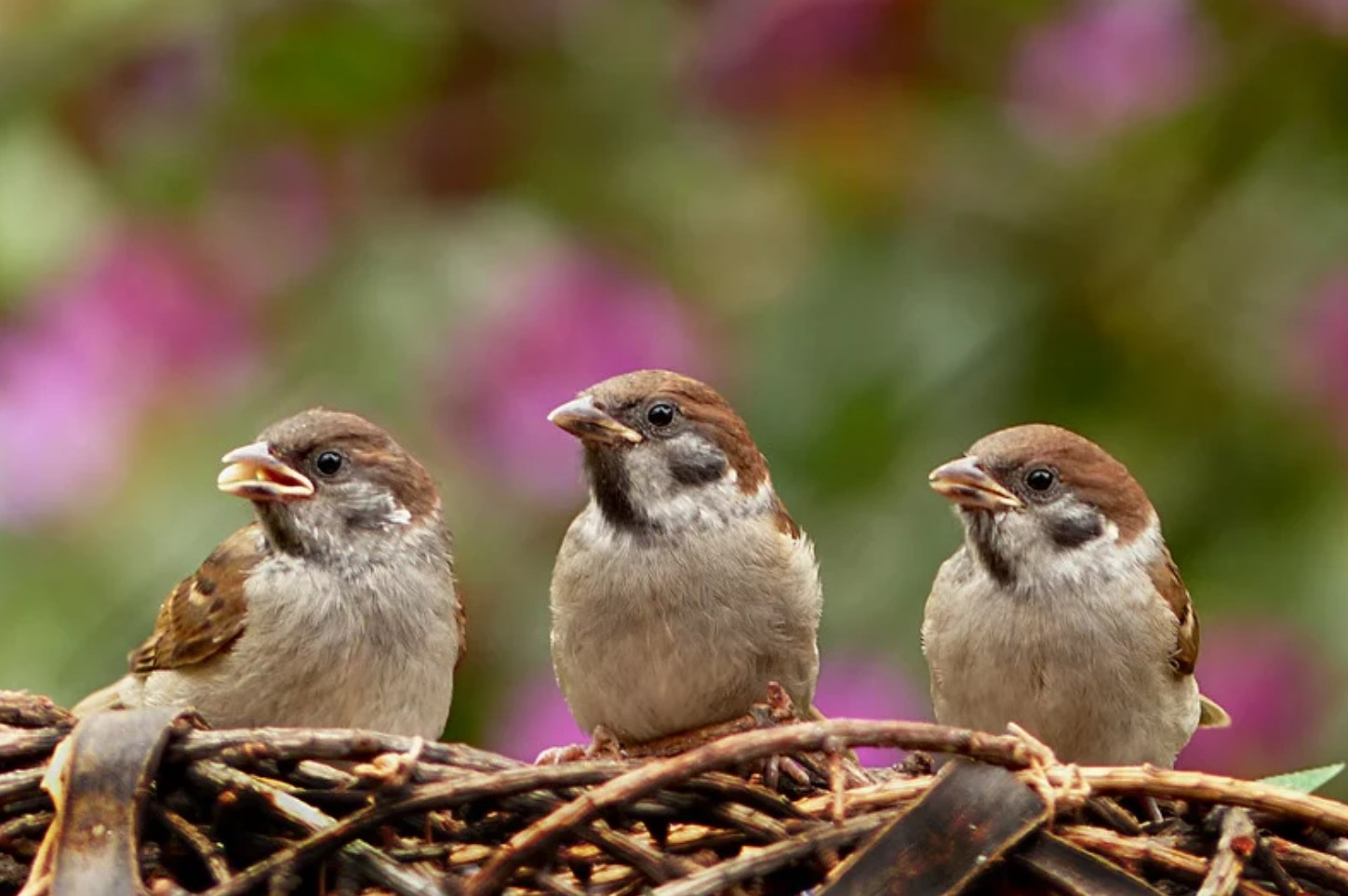
Common Misconceptions About Birds: Separating Fact From Fiction
When it comes to birds, there are many misconceptions that people believe. Some of these misconceptions are so common that they have become widespread and are now accepted as fact. However, in reality, these beliefs are far from the truth. Let’s take a look at some of the most common misconceptions about birds and separate the facts from the fiction.
- Birds are always happy and free – While birds may look happy and free when they are flying in the sky or chirping in the trees, this does not mean that they do not experience stress, pain, or fear. Birds can become stressed when they are in captivity or when they are unable to find food or shelter. They can also experience pain and fear just like any other animal.
- All birds can fly – While many bird species can fly, not all of them can. Flightless birds such as ostriches or penguins are excellent examples. They have evolved to adapt to their environment and have lost the ability to fly.
- Birds will abandon their young if they are touched by humans – This is a common myth, but it is not true. Birds have a very strong bond with their young and will only abandon them if they are in immediate danger or if they are unable to care for them. While it is important to avoid disturbing bird nests, the occasional touch will not cause the parents to abandon their offspring.
So, the next time you see a bird, keep these misconceptions in mind and remember to appreciate these amazing creatures for who they truly are.
The Role Of Birds İn Ecosystems: Pollinators, Seed Dispersers, And More
Birds play a crucial role in the health and maintenance of ecosystems. They are not only beautiful creatures that bring joy to our lives, but they serve many important functions in nature. Birds are known as pollinators, seed dispersers, and pest controllers. They are also important indicators of environmental health and the impacts of climate change.
One of the most important roles of birds in ecosystems is their function as pollinators. Many bird species, such as hummingbirds and sunbirds, have long beaks that are perfectly adapted to drawing nectar from flowers, effectively pollinating them as they feed. In turn, these flowers provide birds with a reliable source of food. Without birds as pollinators, many plant species would struggle to reproduce and could eventually go extinct.
- Another crucial function of birds is seed dispersal.
- When birds eat fruits and berries, they swallow seeds along with them.
- These seeds are then dispersed through the bird’s digestive system and deposited in new locations where they can germinate and grow into new plants.
Without birds to disperse seeds, many plant species would struggle to reproduce and disperse themselves, leading to a loss of biodiversity within ecosystems. In addition, by controlling pest populations, birds help maintain the balance of ecosystems. For example, insectivorous birds such as woodpeckers and chickadees can help keep insect populations in check, preventing them from causing widespread crop damage or other negative impacts on ecosystems.
| Pollinators | Seed Dispersers | Pest Controllers |
|---|---|---|
| Hummingbirds | Toucans | Chickadees |
| Sunbirds | Parrots | Woodpeckers |
| Orioles | Peafowl | Nuthatches |
Despite their importance, bird populations worldwide are facing serious threats from habitat loss, climate change, and hunting. This has led to declines in many bird species, and some are now at risk of extinction. It is up to us to protect these magnificent creatures and the important roles they play in maintaining healthy ecosystems.
So next time you see a bird flying by or singing in a tree, take a moment to appreciate the vital role it plays in our environment. By protecting and conserving bird populations, we can ensure a healthy and vibrant natural world for generations to come.
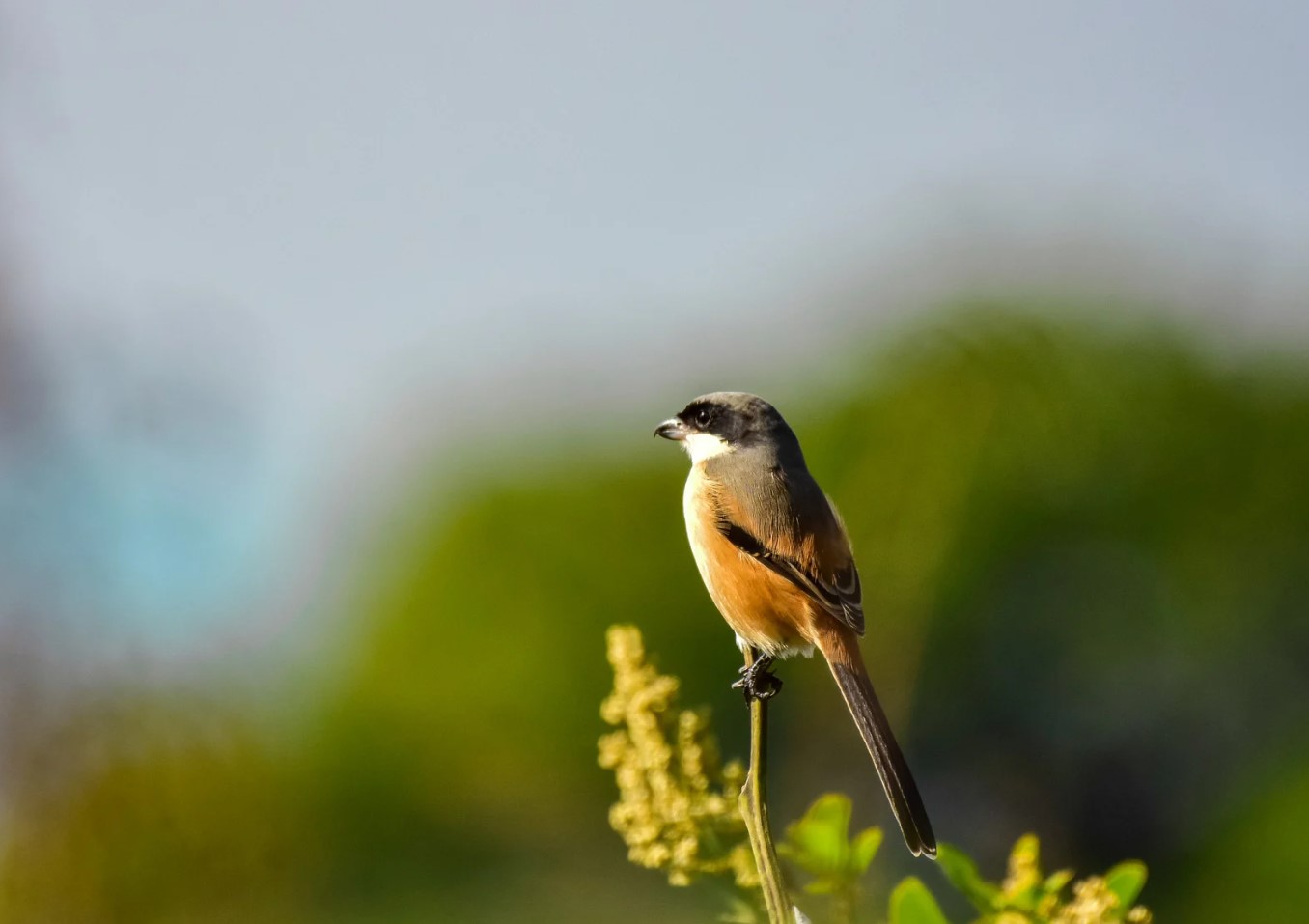
Famous Bird Species: From The Bald Eagle To The Kiwi
When it comes to famous bird species, many people immediately think of the bald eagle. This iconic bird, which is the national bird and symbol of the United States, is known for its striking appearance and powerful presence. However, there are many other bird species around the world that have gained fame and recognition for their unique characteristics and cultural importance.
One example of a famous bird species is the kiwi, which is native to New Zealand. This flightless bird is known for its small size, distinctive appearance, and shy demeanor. Despite being a national symbol of New Zealand, kiwis are considered endangered due to habitat loss and introduced predators.
Another famous bird species is the penguin, which is found in the Southern Hemisphere. Penguins are known for their distinctive black and white coloring, as well as their ability to swim and dive. These birds are also known for their social behavior, often forming large colonies for breeding and raising their young.
- Bald eagle
- Kiwi
- Penguin
In addition to these species, there are many other birds that have gained fame and recognition. The flamingo, for example, is known for its bright pink feathers and elegant appearance, while the hummingbird is admired for its ability to hover in mid-air and feed on nectar. Whether it’s due to their beauty, unique characteristics, or cultural significance, famous bird species continue to capture our attention and inspire awe and wonder.
| Bird Species | Appearance | Habitat | Conservation Status |
|---|---|---|---|
| Bald Eagle | Brown and white feathers, white head | Forests, coastlines | Least concern |
| Kiwi | Brown, fuzzy feathers, long beak | Forests, grasslands | Endangered |
| Penguin | Black and white feathers, flipper-like wings | Cold environments, Southern Hemisphere | Various levels of concern depending on species |
| Flamingo | Pink feathers, long legs, curved beak | Wetlands, lakes | Least concern |
| Hummingbird | Brightly colored feathers, long, thin beak | Forests, gardens, fields | Least concern |
Whether you’re a dedicated birdwatcher or simply appreciate the beauty and wonder of birds, there’s no denying that famous bird species capture our imagination and inspire us to learn more about the natural world around us.
Threats To Bird Populations: Habitat Loss, Climate Change, And Hunting
Birds are important members of many ecosystems around the world, playing vital roles in pollination, seed dispersal, and pest control. However, these fascinating creatures are facing a number of significant threats to their populations. Habitat loss, climate change, and hunting remain the largest challenges to bird populations around the world.
Habitat loss is perhaps the most pressing threat to bird populations. As human populations continue to grow and expand, they encroach on the natural habitats of many bird species. Urbanization and agriculture are two of the biggest culprits when it comes to habitat destruction. Forests, wetlands, and other natural areas are destroyed to make way for new developments and farmland. As a result, birds are left with fewer places to live and breed.
- One example of habitat loss’s impact: one-third of North American bird species are at risk of extinction due to habitat loss.
Climate change is another major threat to bird populations. The earth’s changing climate is causing shifts in habitat availability and food sources for many bird species. Changing weather patterns are also affecting migration patterns and breeding cycles. Additionally, climate change is having a significant impact on sea levels, which has a ripple effect on the number and types of birds that live in coastal areas.
- One example of climate change’s impact: ocean warming has led to a significant decline in the number of black-legged kittiwakes in the Gulf of Alaska.
Hunting is a third major threat to bird populations around the world. Many bird species are prized for their meat, feathers, or simply as targets for sport. While hunting regulations and laws are in place in many areas, illegal hunting remains a significant problem. Additionally, hunting can have unintended consequences, such as disrupting migration patterns or the loss of important breeding individuals.
| Fact: | The illegal poaching of African grey parrots for the pet trade has led to a decline in their population of up to 99% in some areas. |
|---|
It is clear that habitat loss, climate change, and hunting represent major challenges to bird populations around the world. These challenges cannot be overcome by individuals alone – they require global cooperation and action. From creating protected wildlife areas to promoting sustainable agricultural practices to enforcing hunting regulations, there is much that can be done to protect these vital members of our planet’s ecosystems.
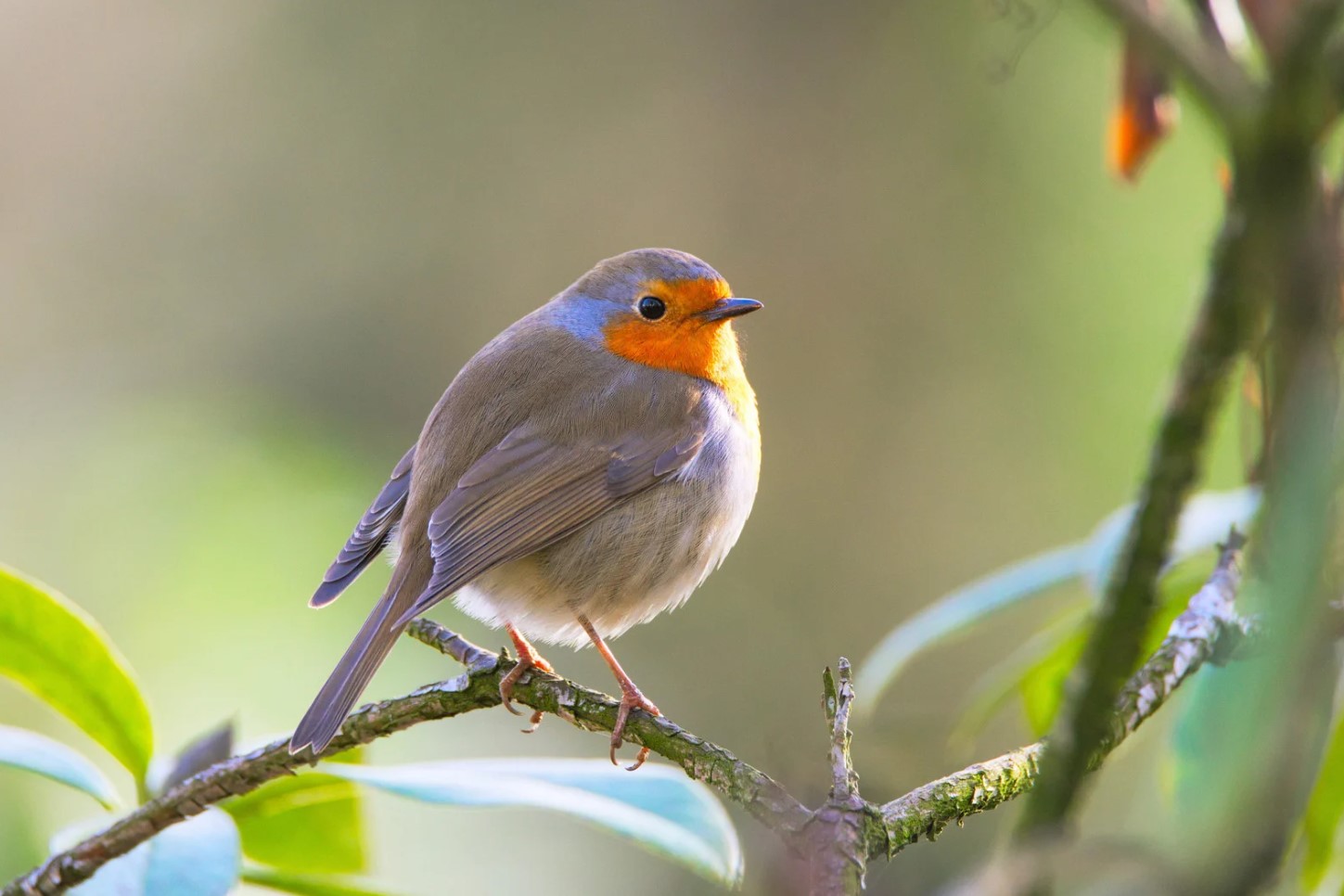
Bird Conservation Efforts: Restoring Populations And Protecting Habitats
Protecting the environment and all its inhabitants is a fundamental task for humanity. Birds, in particular, are one of the species that require more attention due to their fragility and the role they play in many ecosystems. Unfortunately, their populations are threatened by numerous factors such as habitat loss, climate change, pesticides, and hunting. Fortunately, there are numerous bird conservation efforts worldwide aimed at restoring populations and protecting their habitats. These efforts are crucial not only for the survival of the birds but also for the preservation of the entire ecosystem.
One of the primary reasons for the decline in bird populations is habitat loss due to deforestation and urbanization. To address this, various bird conservation societies work towards habitat restoration by either restoring or creating habitats that provide food, nesting sites, and shelter. The practice of leaving some areas undeveloped, such as urban green spaces, can contribute to the protection of bird populations. These areas can serve as an excellent habitat for many bird species that are adapted to urban environments.
Another significant threat to bird populations is the use of pesticides in agriculture. The chemicals used in pesticides can contaminate bird habitats, kill their food sources, and cause reproductive problems. To combat this threat, farmers can adapt alternative pest control measures such as crop rotation, biopesticides, and integrated pest management. Bird conservation organizations can also help farmers by providing education and resources about pesticide alternatives.
- One of the essential efforts in bird conservation is understanding bird migration patterns. Birds undertake long journeys every year to reach their breeding grounds, and understanding these patterns and routes can help researchers and conservationists protect them better. Satellite technology and tagging techniques allow researchers to track bird migration patterns accurately.
- Bird conservation efforts also involve advocacy and awareness campaigns. Raising public awareness about the threats and challenges facing bird populations can encourage people to contribute to their protection. Governments can play a significant role by creating policies and regulations to protect bird populations.
The conservation of birds is essential not only for the birds but also for the ecosystems they inhabit. Birds interact with their environment in many ways, such as pollination, seed dispersal, and pest control. They are also indicators of the health of the environment as a whole. Protecting birds can help protect not only their habitats but also the habitats of many other species. Bird conservation projects aim to restore populations and protect habitats, but they require continuous public support and effort. It is our collective responsibility to protect our planet and all its inhabitants.
Birdwatching As A Hobby: Tips For Beginners And İdentifying Species
Birdwatching can be a great hobby for people of all ages. Not only does it allow you to connect with nature, but it can also be a fun and challenging activity. If you’re just starting out, here are some tips to help you identify bird species and get the most out of your birdwatching experience.
- Invest in a good pair of binoculars. Binoculars are essential for birdwatching, as they allow you to see birds up close without disturbing them.
- Learn to recognize bird calls. Birds can be difficult to spot, but you’ll have an easier time if you can identify their calls. There are numerous smartphone apps and websites that can help you learn bird calls.
- Get a field guide. A field guide is a book that contains information about different bird species, including their appearance, behavior, and habitat. Look for a field guide that is specific to your region.
- Join a birdwatching group. Birdwatching groups are a great way to meet other birdwatchers and learn more about birding. They can also be helpful in identifying species that you’re not familiar with.
When you’re out birdwatching, pay attention to the bird’s physical characteristics. Look at the bird’s size, shape, and color to help identify the species. You should also note any distinctive markings, such as facial patterns or wing bars. Finally, pay attention to the bird’s behavior. Some species have distinctive behaviors that can help you identify them.
| Species | Appearance | Behavior |
|---|---|---|
| Red-tailed hawk | Large, brown and white bird with a red tail | Often seen soaring in circles over open fields or perched on telephone poles. |
| House sparrow | Small, brown bird with a gray head | Often seen in large flocks or around human habitation |
| Bald eagle | Large, brown bird with a white head and tail | Often seen near bodies of water, such as rivers or lakes |
Remember, birdwatching is a hobby that takes time and practice to master. Don’t get discouraged if you’re having trouble identifying a particular species. Keep at it and you’ll start to improve over time. Birding can also be a great way to enjoy the outdoors and get some exercise, so get out there and start exploring!
Bird Symbolism And Cultural Significance: Birds İn Mythology And Folklore
Bird Symbolism And Cultural Significance: Birds İn Mythology And Folklore
Birds have always had an essential place in mythology and folklore. They have been portrayed as symbols of love, freedom, peace, wisdom, and many other things in different cultures around the world. In Greek mythology, the owl was a symbol of wisdom, and Athena, the goddess of wisdom, always had an owl with her. In Ancient Egypt, the Phoenix, a bird that rose from its ashes, was a symbol of rebirth and renewal.
In Norse mythology, the Raven was Odin’s messenger and was considered a powerful bird with great wisdom. In Hindu mythology, the Garuda, a giant bird, was a vehicle of Lord Vishnu and represented power and strength. The crane was a symbol of longevity and good fortune in Chinese culture, and the peacock represented beauty and royalty in Indian culture.
In Native American cultures, eagles were considered sacred and were believed to have a connection to the spiritual world. They were seen as messengers between humans and the Great Spirit. The hummingbird was also considered sacred and represented love, joy, and beauty.
- Birds have always had an essential place in mythology and folklore.
- In Greek mythology, the owl was a symbol of wisdom, and Athena, the goddess of wisdom, always had an owl with her.
- In Ancient Egypt, the Phoenix, a bird that rose from its ashes, was a symbol of rebirth and renewal.
| Bird | Culture | Symbolism |
|---|---|---|
| Owl | Greek | Wisdom |
| Phoenix | Ancient Egypt | Rebirth and Renewal |
| Raven | Norse | Power and Wisdom |
| Garuda | Hindu | Power and Strength |
These are just a few examples of the significant roles that birds have played in different cultures throughout history. The symbolism and cultural significance of birds continue to influence and inspire people today.
So, next time you see a bird, take a moment to appreciate its beauty and the fascinating cultural significance it may hold.
Amazing Bird Adaptations: From Flight To Camouflage
Birds are fascinating creatures with a variety of unique adaptations that allow them to thrive in diverse environments. One of the most amazing adaptations of birds is their ability to fly. Flight allows birds to escape predators, find food and mates, and explore new habitats. The physical adaptations that enable flight include lightweight bones, powerful muscles, streamlined bodies, and feathers that are shaped and arranged to provide lift and control.
Another incredible adaptation that birds possess is their camouflage. Many bird species have evolved coloration and patterning that enables them to blend in with their surroundings, making them less visible to predators and prey. For example, the owl’s mottled brown and gray feathers help it to blend in with tree bark, while the sandpiper’s speckled feathers blend perfectly with the sand on which it forages. Some birds also use behaviors to enhance their camouflage, such as the plover’s broken-wing display which distracts predators away from its nest.
- Birds are able to fly due to their lightweight bones, powerful muscles, streamlined bodies, and feathers.
- Many bird species have evolved coloration and patterning to camouflage themselves and blend in with their surroundings.
- The owl’s mottled brown and gray feathers and the sandpiper’s speckled feathers are just a few examples of bird camouflage.
- Sometimes, birds use behaviors like the plover’s broken-wing display to deter predators from their nests.
| Bird Adaptation | Description |
|---|---|
| Feathers | Provide lift and control during flight, as well as thermal insulation and protection from the elements. |
| Hollow Bones | Reduce weight and improve efficiency for flying and maneuvering in the air. |
| Beak and Talons | Allow for feeding on a variety of foods, from insects to fish to seeds, and for gripping and tearing prey. |
| Camouflage | Helps birds blend in with their surroundings, reducing the risk of detection by predators or prey. |
| Migration Patterns | Enable birds to travel long distances to find food, breeding grounds, or favorable climates. |
Overall, birds are remarkable creatures with a wide range of adaptations that have allowed them to thrive in a variety of settings. Their ability to fly and camouflage themselves are just two examples of the amazing ways in which birds have evolved to survive and prosper. As we continue to learn more about birds and their adaptations, we can better appreciate their beauty and importance in the natural world, and take steps to protect their habitats and ensure their ongoing survival.
The İmpact Of Birds On Human History: Bird Domestication And Cultural İmportance
Birds have been a part of human culture and history for thousands of years. From domestication to symbolism in art, these feathered creatures have left their mark on society. One of the ways in which birds have played a role in human history is through bird domestication. Many bird species have been domesticated throughout history, most notably the chicken. The domestication of birds has served many purposes, from providing a source of food to serving as pets.
- In ancient Egypt, birds such as geese and ducks were raised for their meat and eggs.
- In China, quail were domesticated for their eggs as early as 1000 BCE.
- The Greeks and Romans kept birds for both practical and ornamental purposes.
Birds have also had a cultural significance in various societies. They have been featured in mythology and art throughout history. In ancient Egyptian mythology, the bird-headed god Horus was a major deity. In Greek mythology, the owl was associated with Athena, the goddess of wisdom. In Native American culture, the eagle is a symbol of strength and freedom.
| Bird | Culture |
|---|---|
| Peacock | India (symbol of beauty and royalty) |
| Dove | Christianity (symbol of peace and the Holy Spirit) |
| Raven | Native American (associated with creation and trickster figures) |
As technology has advanced, the role of birds in human society has changed. For example, the carrier pigeon was once used to deliver messages before the advent of the telegraph. Today, birds remain an important part of culture and are valued for their beauty, song, and ecological role.
In conclusion, the impact of birds on human history is significant. Bird domestication has played a role in providing food and companionship for humans, while the cultural significance of birds has led to their inclusion in mythology and art throughout history. As we move forward, it is important to recognize and appreciate the importance of birds in our lives and to continue efforts to protect their populations and habitats.
The Future Of Birds: New Discoveries, Conservation Efforts, And The İmportance Of Bird Diversity
In recent years, there has been a growing concern about the future of bird populations worldwide. This is due to various reasons such as habitat loss, climate change, and hunting. According to a study published by the United Nations, one in eight of the world’s bird species is facing extinction. This alarming statistic highlights the need for us to take action to protect bird populations and preserve their diversity for generations to come.
One way we can ensure the survival of bird species is through conservation efforts. Governments and non-governmental organizations have been implementing measures to protect habitats, reduce pollution and prevent illegal hunting and poaching. Some species have also been reintroduced to areas where they have previously disappeared.
Another positive development for the future of birds is the emergence of new technologies and discoveries. Advancements in tracking technology have allowed researchers to better understand migration patterns, feeding habits, and breeding behaviors of various bird species. Genetic studies have also revealed new insights into the evolutionary history and relationships of different bird groups.
- Some unique bird adaptations include:
- Camouflage – certain species, such as the white-tailed ptarmigan and the tawny frogmouth, are able to blend into their surroundings to avoid predators.
- Flight – birds have evolved lightweight wings with specialized feather structures that allow them to soar through the air with incredible agility and speed.
- Birdsong – birds use a unique repertoire of calls and songs to communicate with each other and establish territories, attract mates, and warn of danger.
Bird diversity also plays a vital role in ecosystems. Birds act as pollinators, seed dispersers, and insect regulators. Some species are also important indicators of environmental health, and changes in their populations can signal problems in the natural world. Therefore, preserving bird diversity is not just important for the birds themselves, but for the overall health of our planet.
In conclusion, the future of birds depends on our efforts to protect and preserve them. By implementing conservation measures and continuing to make new discoveries, we can ensure that these incredible creatures thrive for years to come. It is our responsibility to take action and appreciate the beauty and importance of our feathered friends.